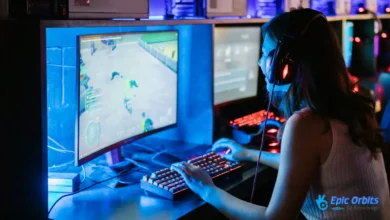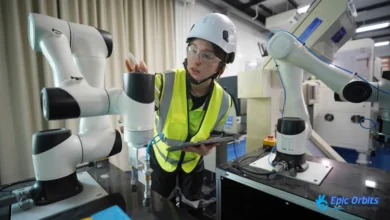How Virtual Reality Is Revolutionizing Gaming Experiences
You're on the cusp of a gaming revolution. Explore how virtual reality and gaming are changing the game in our Ultimate Guide.
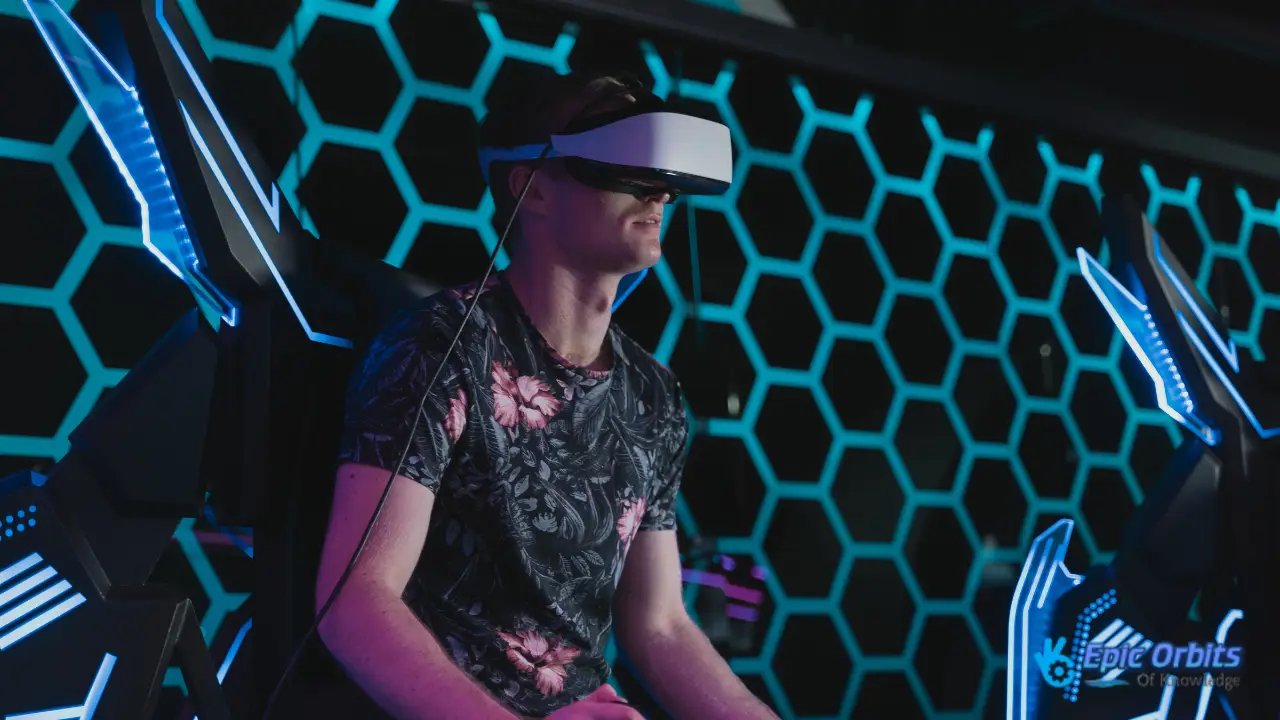
You've certainly heard the shocking number: by 2024, the worldwide virtual reality business is predicted to be worth $44.7 billion. This isn't just a number; it means a big change in how we enjoy entertainment, especially video games. Imagine how amazing it would be to enter your favorite game and interact with it in ways you never thought possible.
Virtual reality (VR) technology is changing the way we play games by making them more immersive and blurring the barriers between the real world and the digital world. You're not simply a player anymore; you're part of the game. When you use VR, the suspension of disbelief becomes tangible, and the virtual world seems very real.
The Changes in Virtual Reality in Video Games
You're seeing a revolution that has been going on for decades as you explore the realm of virtual reality gaming. The game business has changed a lot because of new technologies and virtual reality. This change has transformed what was once considered science fiction into a reality.
Gamers and scientists have been interested in the idea of virtual reality for a long time. The transition from rudimentary prototypes to contemporary advanced technology exemplifies human ingenuity. “The future is already here; it's just not evenly distributed.” This idea fits with how far gaming and virtual world technologies have come. When you look back, you'll see how far we've gone, from clunky headsets to smooth, immersive experiences.
There have been important events in the history of VR gaming. Morton Heilig invented Sensorama in 1962, which is commonly regarded as the first virtual reality machine. In 2010, Palmer Luckey created the Oculus Rift prototype, which aided in the launch of the modern VR game industry. These new ideas, along with others like Nintendo's Virtual Boy in 1995, have made it possible for you to have the immersive video gaming experiences you enjoy today.
As reality technology keeps getting better, the future of virtual gaming appears bright. As the industry grows, you can look forward to increasingly more intriguing and complex experiences.
Learning about gaming and virtual reality
When you start playing virtual reality games, you need to know what makes them different from other video games. Virtual reality creates a fake world that you can feel as being like reality. You stop believing that the VR is real and let yourself be in a world that is quite different from the one you know from regular gaming.
The difference between VR gaming and regular gaming is like the difference between a stick figure sketch and the Mona Lisa. When you play a regular video game, you see a window into another world. When you play a virtual reality game, you go through that window and are right in the center of the action. This basic distinction affects how you feel about and interact with virtual worlds. “The best way to predict the future is to make it happen,” and in the case of VR gaming, the future is today.
It's vital to know the distinction between VR, AR, and mixed reality. When you use VR, you are entirely submerged, as when you dive underwater. When you use AR, you are staring through goggles while standing in the shallow end, viewing reality with digital overlays. When you use mixed reality, you are swimming in the center, where two worlds blend together. On the other hand, augmented reality adds virtual things to a real space, while mixed reality mixes the digital and physical worlds even further.
The Tech That Makes VR Games Work
The wonderful thing about virtual reality games is not only how they feel but also the advanced technology that makes them feasible. Virtual reality (VR) games have changed the way you engage with digital worlds by giving you an experience that makes you feel like you're in a computer-generated world.
There are a few important parts that make up the gear that powers your VR excursions. You wear a headset that follows your head motions and provides you a view of the virtual environment in all directions. Motion controllers enable you to interact with virtual objects by translating your hand movements into actions within the game. High-performance CPUs make the virtual world seem real, making sure that everything runs smoothly.
VR systems make experiences more genuine by reducing lag and giving you realistic feelings. Precision motion tracking faithfully transfers your motions into the game, while stereoscopic screens create a three-dimensional environment. Spatial audio and haptic feedback make the experience even better by letting you “feel” virtual items and places. VR systems deceive your brain into thinking you're someplace you're not by using these technologies together.
VR Gaming Systems and Platforms
There are several ways to get into VR gaming, and each one has its pros and cons. There are a lot of different VR gaming systems, so there's something for everyone, whether you want a high-end experience or something that's easy to carry about.
With strong hardware and specialized VR headsets, PC-based VR gaming gives you high-quality, immersive experiences. The Oculus Rift and HTC Vive are two of the best PC VR headsets. They are noted for their high-quality visuals and ability to monitor motion.
Console VR gaming, like PlayStation VR, provides immersive experiences to popular game systems. It has many different types of games, such as action, adventure, sports, and puzzle games.
Smartphone-based VR systems like Google Daydream and Samsung Gear VR make mobile VR gaming easy to get to and carry around. These platforms have made VR gaming available to more people.
The VR gaming industry today has something for everyone, regardless of their budget or tech skills. As you grow accustomed to VR, you can progress to a more advanced option.
Virtual Reality and Gaming Go Together Perfectly
Virtual reality makes the line between the game and real life less clear, giving players an experience unlike any other. You are no longer simply a player; you are now an active member of a virtual world that is full of life and excitement.
Gamers are drawn to VR because it lets them live out their favorite games. VR gaming lets you engage with the virtual world in ways that regular gaming can't. You're not simply commanding a character; you're living in the gaming environment.
- You may explore new worlds without leaving your house.
- Take part in exciting action scenes that make you feel like you're in the game.
- Interact with other players in a virtual area to make gaming more social.
The immersive quality of VR gaming is like the difference between reading about a location and being there. When you swing a virtual sword or crouch under cover to dodge enemy fire, the way games engage your body and mind changes in a big way. This level of immersion creates memories that seem real, which makes VR gaming a one-of-a-kind experience.
| Aspect | Traditional Gaming | VR Gaming |
| Immersion Level | Limited to screen interaction | Fully immersive, interactive environment |
| Player Engagement | Control a character | Become the character, fully engaged |
| Gaming Experience | 2D or 3D on a screen | Interactive, 3D virtual world |
The Best VR Games That Are Changing the Business
New games that push the limits of immersive experiences are quickly changing the world of virtual reality gaming. You are now a member of a growing group of people who are having a whole new experience with gaming.
1. Beat Saber: The Rhythm Revolution
Beat Saber is a rhythm game that mixes music with lightsaber fighting, making you feel like you're in a sci-fi movie. You cut through blocks that are coming at you in sync with the music, which makes for an exciting experience.
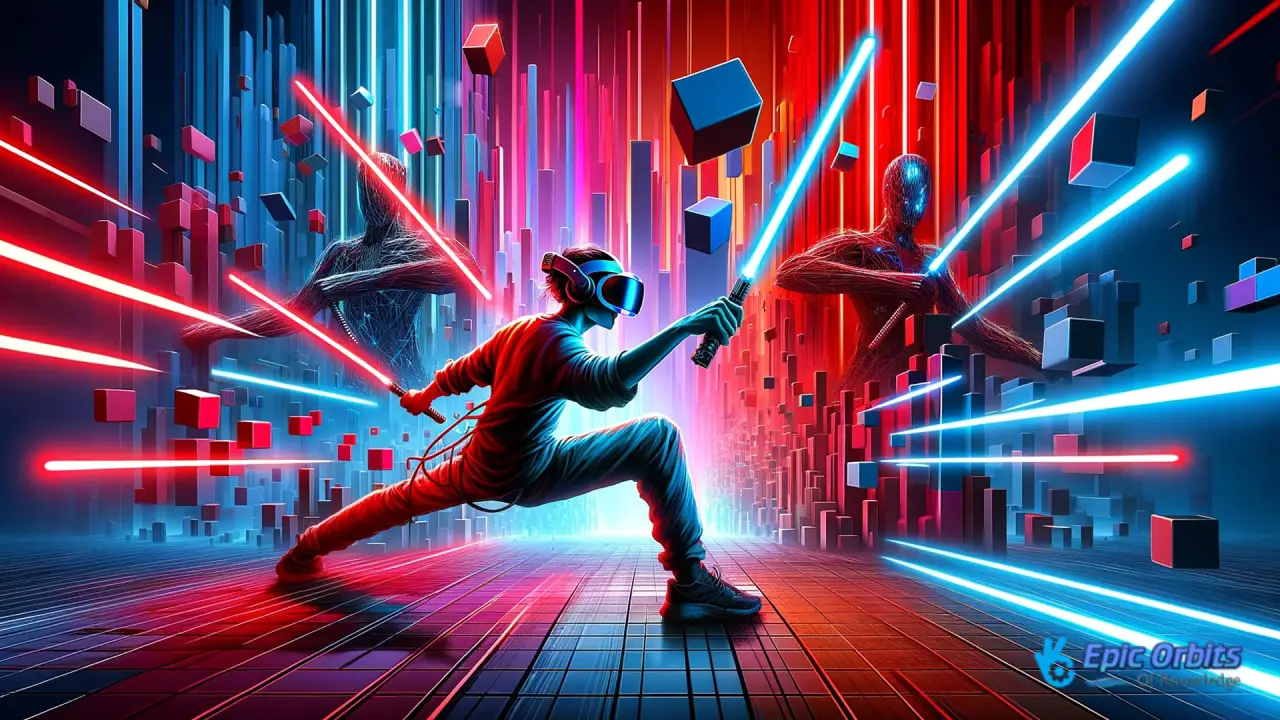
2. Half-Life: Alyx: Raising the Bar
Half-Life: Alyx is a game-changer for VR gaming because it offers a deep, engaging experience that sets a new benchmark. The story pulls you in and makes you feel like you're in a world full of intrigue and adventure.
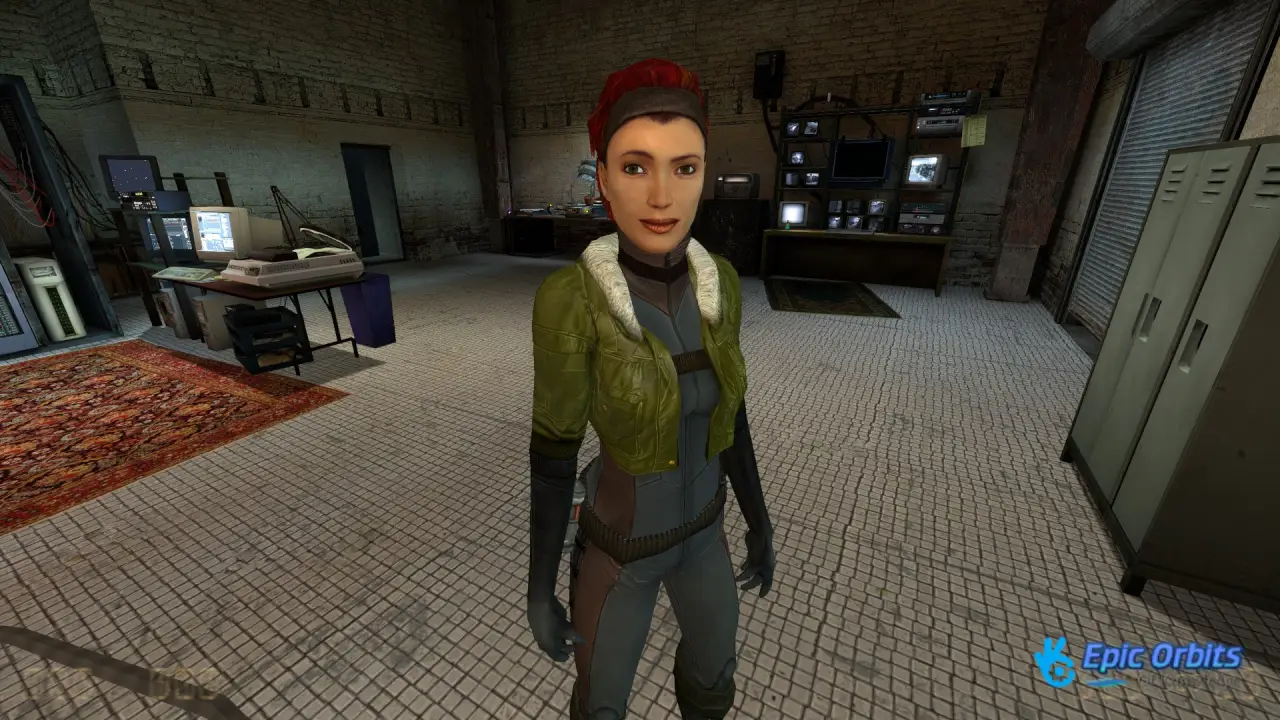
3. Resident Evil VR: Horror Reimagined
Resident Evil in VR turns the iconic horror game into a terrifying experience. You're not just playing the game anymore; you're experiencing it. Every jump scare makes you scream in fear.

4. No Man's Sky VR: Infinite Exploration
You may fly spaceships and find new planets in No Man's Sky VR, which lets you explore an endless cosmos. The VR experience makes the game seem like you're really there.
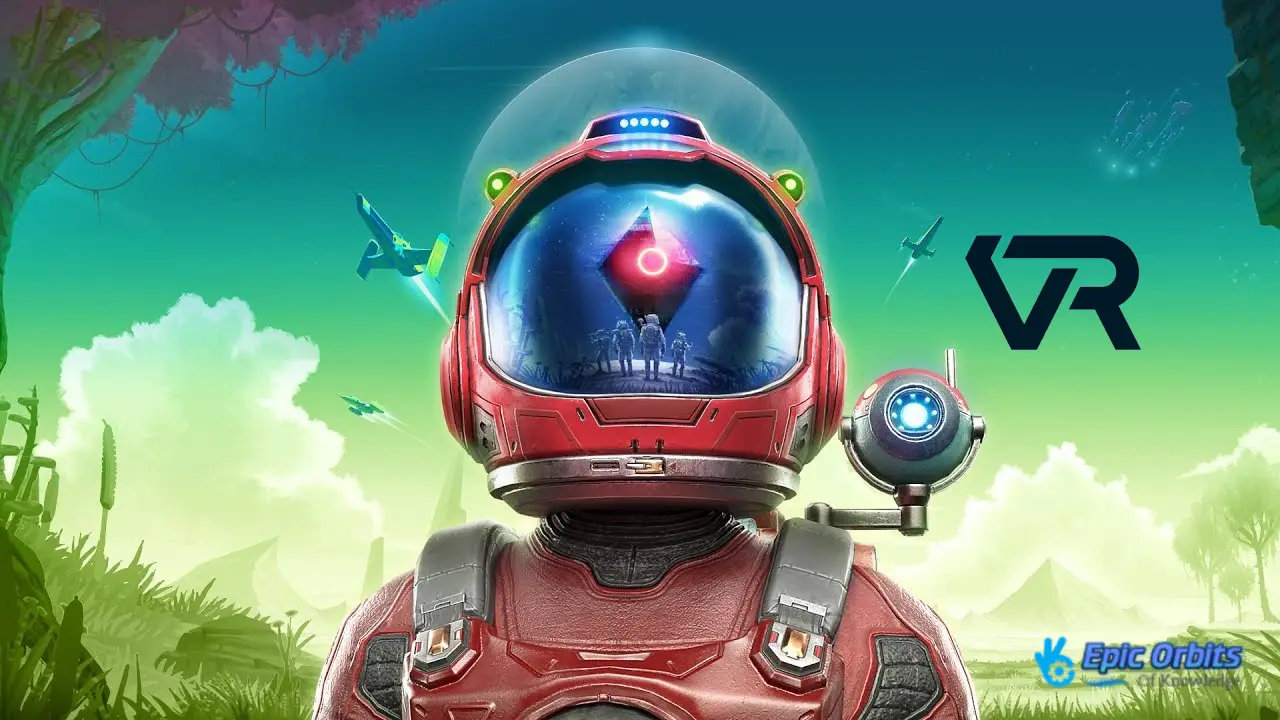
5. Tetris Effect: Classic Gaming Transformed
In a beautiful VR setting, Tetris Effect reimagines the classic puzzle game. There are dynamic images and immersive music all around you that change according to how you play, making it a peaceful experience.
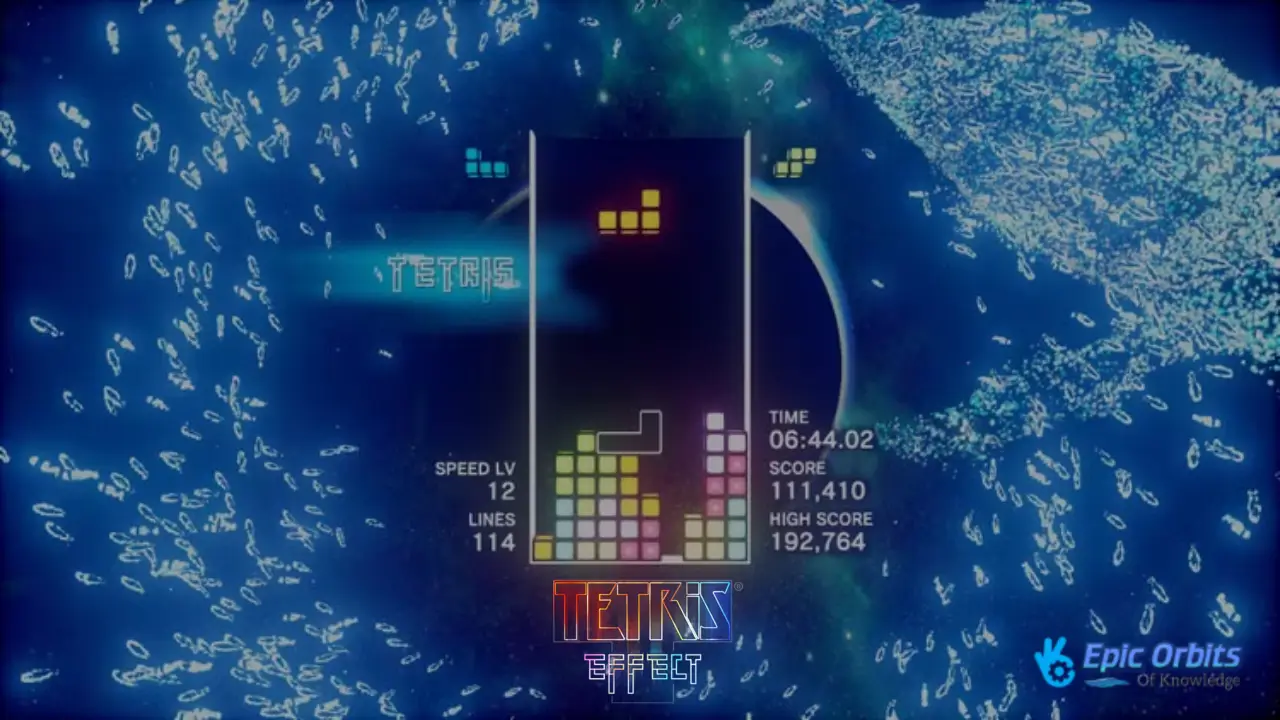
Getting over problems with VR gaming
As VR gaming becomes better, it's important to deal with the problems that are stopping it from becoming more popular. Despite the excitement surrounding VR gaming, we still need to address certain technical and accessibility issues.
One of the biggest technical problems with VR gaming is VR sickness. When the mind and body encounter different things in the virtual world, it might make you feel sick. To fix this, virtual reality developers are adding features like teleportation mobility and comfort settings. For example, some games let players choose how fast they move or utilize a “comfort mode” that makes them less likely to become nauseous from VR.
Another technological problem is that existing VR headsets don't let you see very far. Human eyesight has a horizontal range of 190 degrees and a vertical range of 120 degrees. Currently, VR headsets have a limited field of view. But with each new generation of gear, this perspective becomes wider, bringing us closer to the complete peripheral vision we have in real life.
There are additional problems with accessibility to contemplate, in addition to technological ones. Not everyone has a dedicated “VR room” where they can engage in gameplay without concern for damaging belongings. To address this issue, developers are creating games that are compact in size or designed for sitting. Furthermore, as technology improves, VR choices are becoming cheaper, making them available to more people.
As virtual reality technology becomes better, we should expect to see more creative ways to solve these problems. The Jabil study found that 69% of respondents think that AR and VR will become popular in the next five years. This evidence indicates that the sector is about to develop a lot.
How VR affects gaming communities
Virtual reality is changing the way you talk to other people in gaming groups. VR gaming adds a social element to gaming that makes it more fun and engaging by letting players connect in a virtual area.
You can see and talk to other players in VR as if you were in the same room, even if you're far away. No Man's Sky VR is an example of this. You may join up with friends or other gamers online to explore the cosmos, trade resources, or establish bases on planets that everyone can use. This social engagement is a big step forward for gaming.
- When you high-five a friend's avatar in virtual reality, it makes social gaming even more fun.
- VR changes multiplayer gaming from “playing with others” to “being with others,” which makes social interactions seem very genuine.
VR opens us to whole new ways to share experiences, including working together to solve puzzles where you physically deliver things to your partner or social deduction games where reading body language is vital. These new multiplayer games are changing the way people play video games.
- You may do improv comedy, dance together, or communicate without words in multiplayer VR games like VRChat or Rec Room.
- In virtual reality, players naturally respect “personal space,” which sets new social conventions and rules of behavior.
What Will Happen to Virtual Reality Games in the Future
The world of virtual reality gaming is changing quickly, and it seems like gaming and reality will soon be the same thing. As technology becomes better, we're seeing the start of an industry that will probably become as important to entertainment as TV or cellphones.
Experts predict that the VR gaming industry will reach a valuation of $45.09 billion by 2027, exhibiting a compound annual growth rate (CAGR) of 29.2%. New technologies like blockchain, NFTs, and augmented reality will drive this expansion, allowing gaming companies to create new and exciting VR games.
Imagine wearing lightweight glasses that let you see lifelike virtual worlds and superior haptic gloves and suits that let you feel the texture of virtual items. There may also be brain-computer connections in the future that let people operate virtual worlds just by thinking about them.
As VR, AR, and mixed reality come together, the range of immersive experiences will grow. This will change how you play games and interact with digital content.
